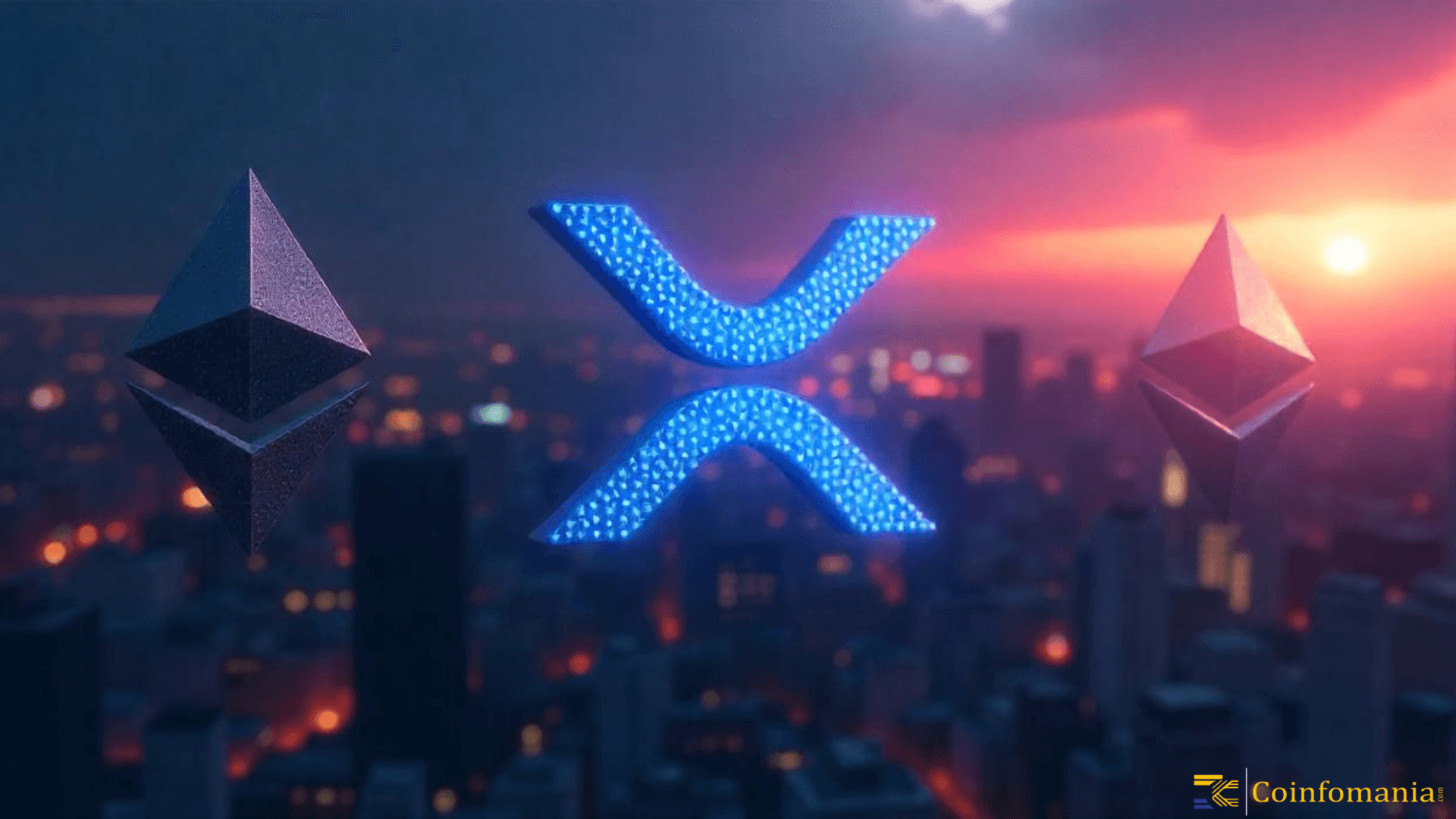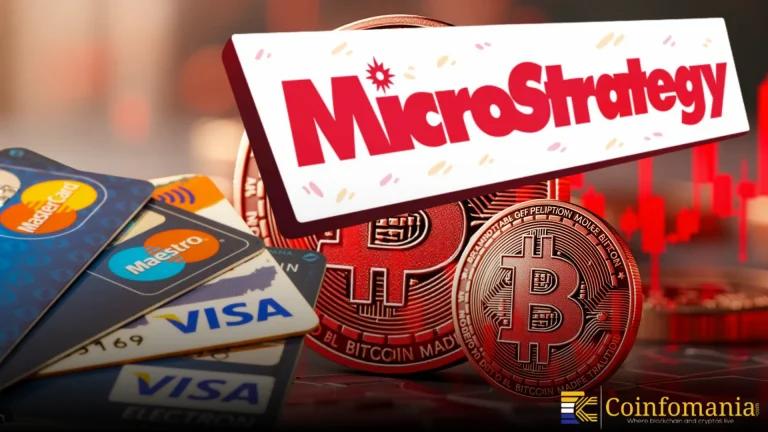Ripple-Backed XRP Ledger Launches EVM-Compatible Sidechain to Unlock Cross-Chain DeFi
Ripple-backed XRP Ledger launches EVM-compatible sidechain, enabling cross-chain DeFi with Ethereum compatibility and enhanced interoperability.

Quick Take
Summary is AI generated, newsroom reviewed.
XRP Ledger introduces EVM-compatible sidechain for Ethereum-based smart contracts.
Integration with Axelar and Wormhole enhances cross-chain interoperability.
XRP serves as the native gas token on the EVM sidechain.
Developers gain access to over 6 million XRPL wallet holders and low transaction costs.
The XRP Ledger (XRPL), known for its speed and low transaction fees, has recently introduced a major upgrade: an Ethereum Virtual Machine (EVM)-compatible sidechain. This new development allows the XRP Ledger to support Ethereum-based smart contracts and decentralized finance (DeFi) applications. With this upgrade, the XRP Ledger becomes more versatile and can attract Ethereum developers looking for faster and more affordable solutions.
Enhancing Interoperability with Axelar and Wormhole
The integration of Axelar and Wormhole into the XRP Ledger’s EVM sidechain boosts cross-chain interoperability. The Axelar bridge connects XRPL to over 80 blockchains, allowing seamless communication between various ecosystems. Additionally, Wormhole facilitates asset transfers across chains, enabling users to move assets freely between Solana, Ethereum, and other networks. This expanded interoperability opens new doors for users and developers, as it allows the XRP Ledger to interact with assets and protocols across the broader blockchain landscape.
Developer-Friendly Environment with XRP as Gas Token
For developers, the introduction of the EVM sidechain offers a familiar environment for building decentralized applications (dApps). Developers can now deploy Solidity-based smart contracts on the XRP Ledger with minimal friction. As the native gas token, XRP will be used to pay for transaction fees, ensuring that transactions remain fast and cost-effective. This further enhances the XRP Ledger’s appeal, especially for those already accustomed to Ethereum’s development tools.
Moreover, the low-cost, high-speed nature of the XRP Ledger continues to make it an attractive alternative for building on the blockchain. The sidechain provides developers with access to XRPL’s established user base, which includes over 6 million wallet holders, while also benefiting from the high throughput and low latency the platform offers.
References
Follow us on Google News
Get the latest crypto insights and updates.


